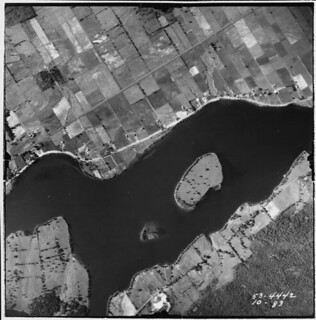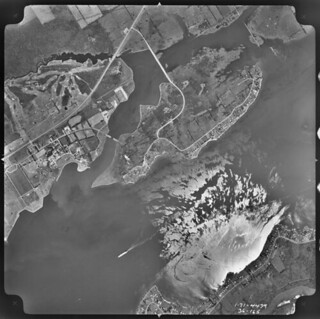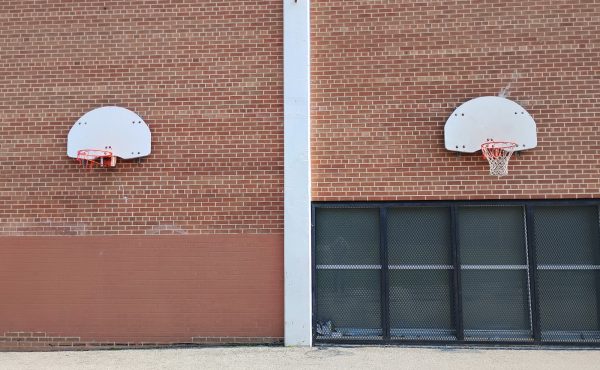

To help mark the War of 1812’s bicentennial year, staff from the Archives of Ontario will be posting a series of articles highlighting their related collections. Their records on the war document battles and battlefields and offer first-person accounts on what life was like during this time. Documentary art and illustrations — samples of which you’ll see in these posts — also show us the landscapes of the day and how much our spaces have changed since then.
The Battle of Crysler’s Farm
By Sean Smith (Senior Archivist, Archives of Ontario)
If you were working in the fields near Crysler’s farm in the fall of 1813, you had to know it was coming. The Americans had been campaigning for the better part of the year and were finally pushing towards Montréal in order to cut off the supply lines along the St. Lawrence River. Regardless, it must have come as a bit of a shock when British, French and Tyendinaga Mohawks began setting up their tents in the fields that you usually worked.
You may have taken some satisfaction in the fact that you had finished harvesting the year’s crops before the nearly 1,200 troops arrived, but it wouldn’t take long before you realized that the forces were a hungry bunch. You may have thought of the Americans as “marauders” but, in your small world, it was the British and their allies who claimed all your livestock, ate all your apples and potatoes, burned your fence rails, and took over your barns.
The Battle of Crysler’s Farm was fought on November 11, 1813 on the ploughed fields of John Crysler’s farm located in South Dundas Township, between Cornwall and Morrisburg. There’s not much left of Crysler’s farm today, but the battle was decisive and effectively ended the American campaign of 1813. As a result, the British remained in control of both sides of the St. Lawrence River until the end of the War of 1812, in — oddly enough — 1815.
The site of Crysler’s farm was flooded in 1958 as part of the St. Lawrence Seaway Project. It overlooks Lake St. Lawrence today and what is left of the battleground is now a National Historic Site and part of Upper Canada Village.
The lead up to the battle started in early 1813 with the Americans gathering at Sackett’s Harbour on the south shore of Lake Ontario. They had their sights on ending the war by making their way to Montréal, thereby cutting off the supply lines to Upper Canada. The commander-in-chief of the north-eastern army, Major-General Henry Dearborn, took command of the troops in March, but instead of proceeding up the St. Lawrence directly, he wasted time on campaigns against York and in the Niagara Peninsula. As a result, he was effectively fired and replaced in August by Major-General James H. Wilkinson.
The plan was for Wilkinson’s troops to continue up the St. Lawrence in sync with the forces of Major-General Wade Hampton, who was heading to Montréal via the Chateauguay River. Unfortunately, personality conflicts between the two stalled their progress and it took until October for Wilkinson to begin his trip. Weather being what weather is, Wilkinson was further delayed, so it wasn’t actually until the first week of November that the expedition moved down river.
The American troops greatly outnumbered the British, but these delays gave British forces plenty of time to think about how to deal with the incoming assault. While you were harvesting your crops and getting ready to plough the fields of Crysler’s farm, the British were simply watching and waiting. When Wilkinson’s troops finally began their trip, the British were more than happy to harass the Americans along the way by shooting at them from the shoreline as the ships passed by. It was enough to get under the Americans’ skin and to convince them to land their troops and confront the British.
Unfortunately for the Americans, they just couldn’t get it together to win the day against a much better organized force. The Battle of Crysler’s Farm was over by the end of a day. Upwards of 700 Americans were killed, wounded or captured, and their retreat to the southern shore of the St. Lawrence was well underway.
You’d like to think you could get back to the business of farming once the fighting was over. But there was a lot of cleanup to do. John Crysler’s farmhouse was turned into a hospital and there were many wounded to tend to. There was the issue of having to bury the dead. Perhaps you wept as you realized that Crysler’s farm would never be just a farm again.
To learn more about the War of 1812 and our related collections, visit our website at ontario.ca/archives.
Images:
Left: Area surrounding Crysler’s Farm, [photograph], 1953, MNR Forest Resource Inventory aerial photograph prints, RG 1-429-7, strip number 4442, roll 10, image number 83 (B823078), Archives of Ontario.
Right: Area surrounding Crysler’s Farm, [photograph]. 1971, MNR Forest Resource Inventory aerial photograph prints, RG 1-429-7, strip number 4439, roll 36, image number 165, (B823078), Archives of Ontario.


